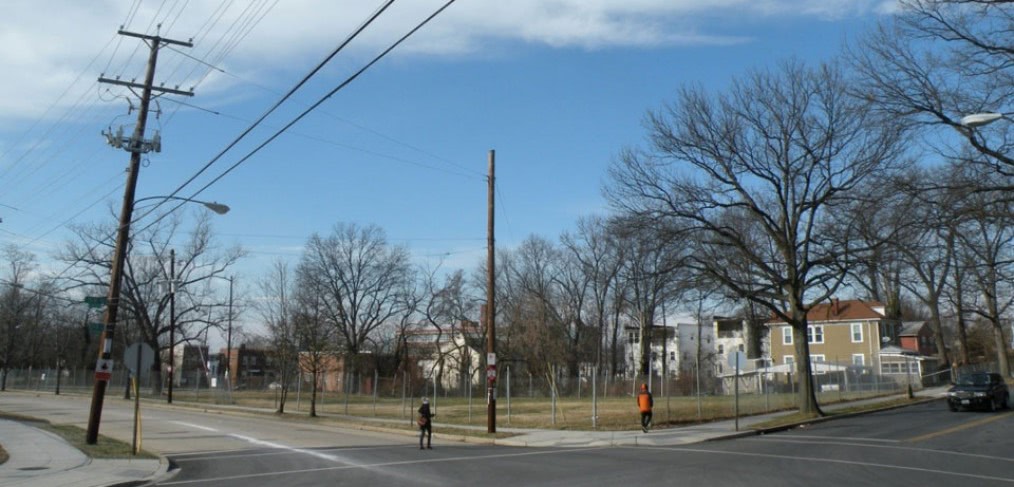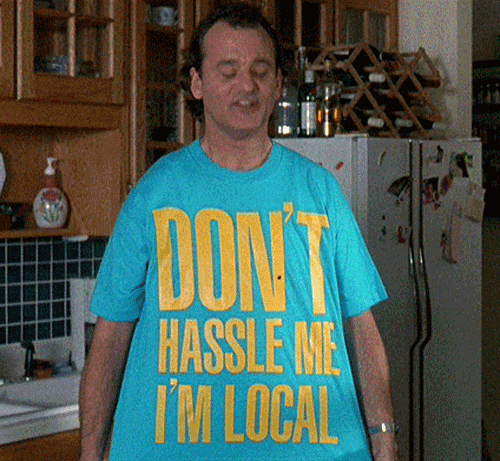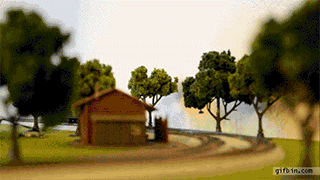
DC Affordable Living Competition: Equity
“The desire for the creation to exist—not for a return on investment, not for what it may say about you, but for the love of the thing, the creation, itself. One creates music because we love it enough to make it happen. The reason you would create anything is because you love it enough to see it exist.” – James Rouse
All in This Together
Born in Washington, DC and now a resident of Northeast, I have a lot of love and respect for this city. I admire its diversity and character: the seriousness, prestige and sometimes scandalous nature of Capitol Hill mixed in with the distinctive and eclectic blend of businesses and people along burgeoning H Street. DC’s streets are filled with people from all different backgrounds, each with their own story about what brought them to the District and what is keeping them here. Every neighborhood has its own unique flavor. And some neighborhoods are changing as community leaders and key stakeholders strive to better their own lives and those of their neighbors and future generations, while also paying homage to history and heritage.
In the far eastern corner of DC lies Ward 7, a zone distinguished by its covetous green, open space lined with single-family homes and historic landmarks which only subtlety hint at its rich, resilient heritage and artistic nature. Here you will find DC’s smallest house, the newly renovated Marvin Gaye Park (the city’s longest municipal park), and the historic Strand Theater—the first theater developed east of the Anacostia River.
It is here that our team is endeavoring to design 10 to 15 affordable townhomes in the Deanwood neighborhood as part of the DC Affordable Living Design Competition. Though Ward 7 has much to celebrate in its past, its neighborhoods have received limited investment and cooperation to preserve and repurpose these spaces to create a brighter future. A number of them have remained deserted and neglected, and with few resources at hand, the community has become fiercely self-reliant. As such, the natural reaction to attempts by outside interests to make changes that they believe will bring about a better, more “current” and improved neighborhood without consulting the community first is understandably one of frustration and opposition. It can often feel like…
We don’t want to be those people (or that train).
The controversial buzzword in all of this is gentrification–a movement that has been at the forefront of permeating tensions in cities across the nation. Janelle Harris, a writer and DC resident, recently posted a poignant article on the topic entitled “11 Signs Your Hood is Being Gentrified.”
Our goal has been, and continues to be, to establish partnerships with key stakeholders and ensure, as best we can, that we are addressing the community’s most pressing needs and concerns—and not our own.
Creating an Informed Design
The beauty of the Living Building Challenge and the DC Affordable Living Design Competition is that we are not under pressure to maximize return on investment on behalf of some larger entity. This is particularly relevant to the Equity Petal, the fifth of the Living Building Challenge’s six tenets. The intent of the Equity Petal is described as follows:
“…to transform developments to foster a true, inclusive sense of community that is just and equitable regardless of an individual’s background, age, class, race, gender or sexual orientation. A society that embraces all sectors of humanity and allows the dignity of equal access and fair treatment is a civilization in the best position to make decisions that protect and restore the natural environment that sustains all of us.”
Our talented team of designers began not with design, but with hours of research, including site visits to the neighborhood, attending community meetings and talking with residents to get a better sense of their concerns and priorities. Our desired result is that our design will go beyond affordable living for 10-15 families, but be capable of provoking a larger community revival by showcasing the cultural and historic staples that already exist and providing a space for the community to engage, connect, and pursue a healthier lifestyle.
Based on community feedback, here are the key issues that we hope to address and problems we hope to solve with our design:
- Community Engagement & Interaction
- Public Safety & Designing for a Healthy Lifestyle
- Higher Education and Cross-Generation Mentoring
- Affordable Housing
- Promoting Arts, Culture and the Environment
- Designing for Beauty and Sustainability
In order for us to uphold the imperatives of the Living Building Challenge’s Equity Petal, we have to be willing to engage in uncomfortable conversations and accept responsibility, as designers, developers and community members, for the potential short and long-term impacts of our proposed ideas. We are all in this fight together; we all want the best for our city and desire to preserve what makes our neighborhoods unique. It’s critical for everyone to engage in productive, collaborative discussions to establish the right conditions for a truly equitable lifestyle.


